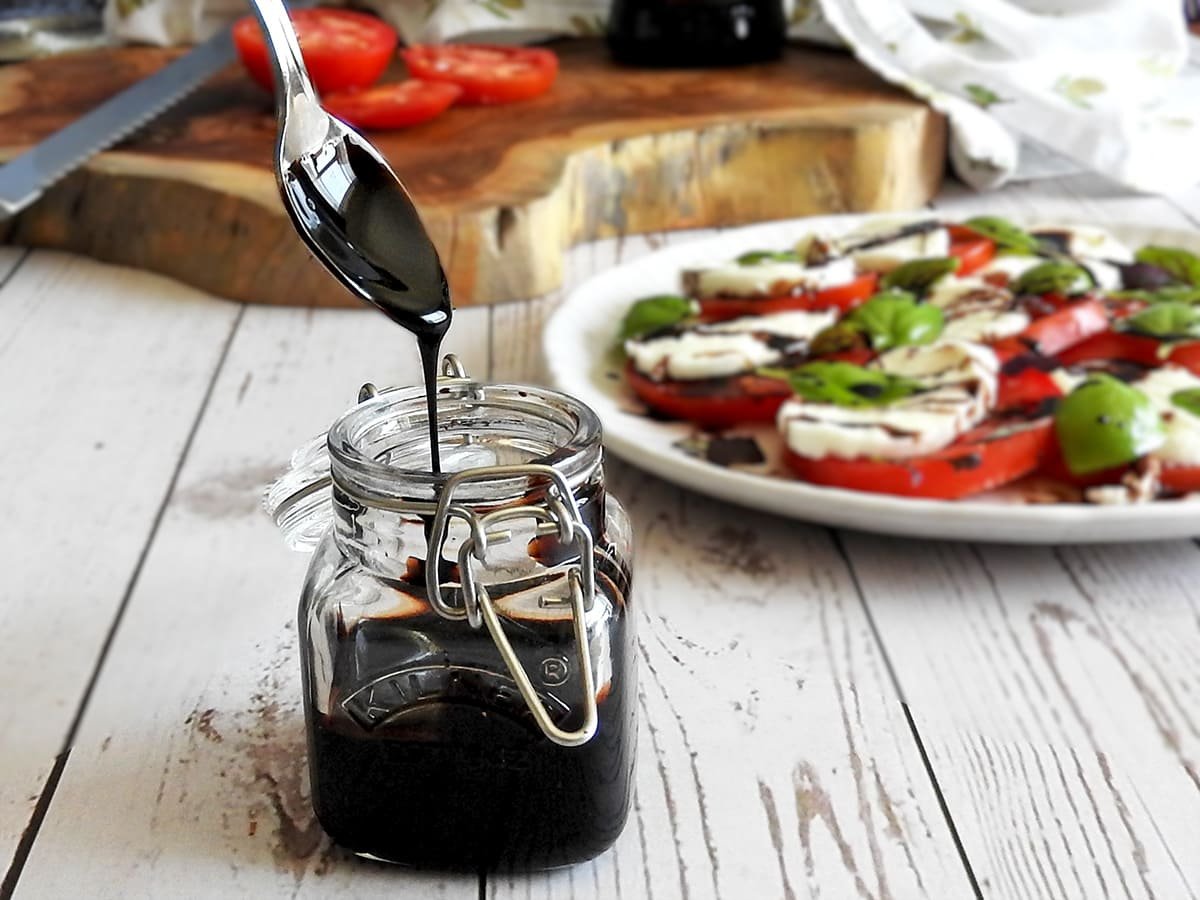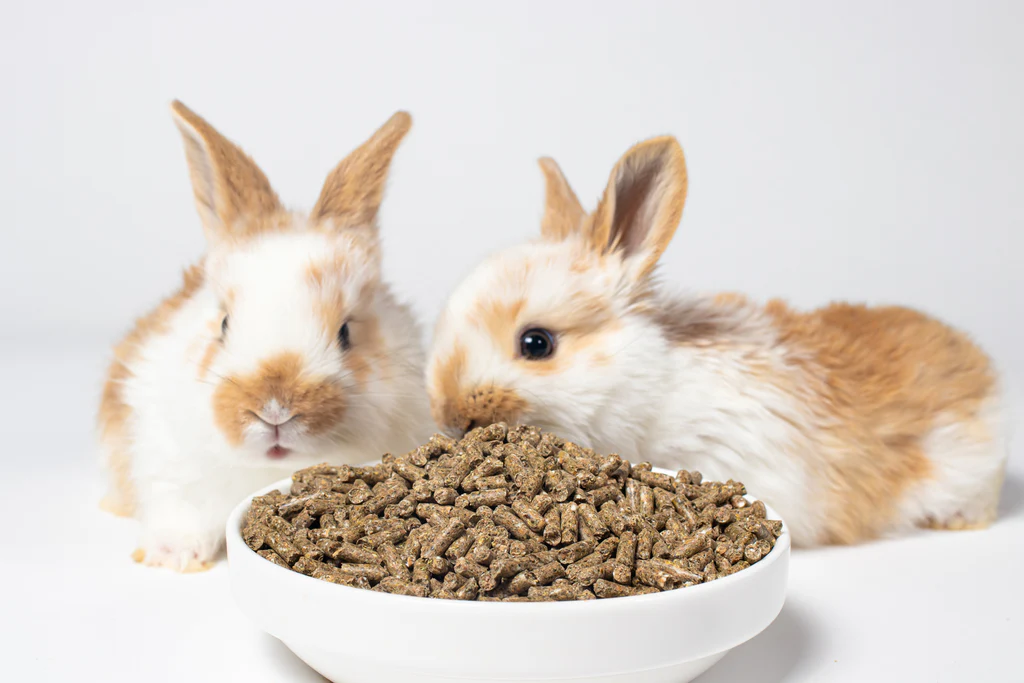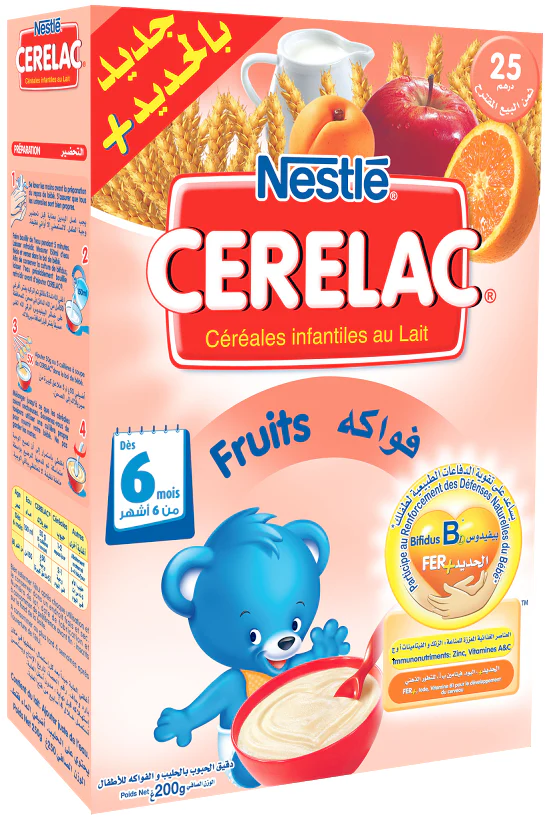Few condiments can match the elegance and depth of balsamic vinegar. Often called “liquid gold” in culinary circles, this centuries-old treasure from Italy elevates simple dishes into masterpieces. The phrase captures its essence — rich, balanced, and unforgettable. Whether drizzled over ripe strawberries, swirled into a salad, or reduced to a glossy glaze, balsamic transforms food into art.
What Exactly Is Balsamic?
At its core, balsamic vinegar is a fermented and aged product made from grape must — freshly crushed grape juice with skins, seeds, and stems. Originating in Modena and Reggio Emilia, Italy, it’s been handcrafted for over a thousand years. The triple emphasis balsamic symbolizes the three pillars of quality — purity, patience, and perfection.
Traditional balsamic is made through a slow fermentation process, followed by aging in a sequence of wooden barrels. Each barrel, made from different woods such as oak, cherry, or chestnut, adds its own subtle aroma and flavor.
Types of Vinegar
| Type | Aging Period | Flavor Profile | Typical Use |
| Traditional Vinegar (DOP) | 12–25+ years | Deep, syrupy, complex | Drizzling, gourmet finishing |
| Commercial Vinegar (IGP) | 2–3 years | Tangy, balanced | Everyday salads and marinades |
| Balsamic Glaze or Reduction | Reduced syrup | Sweet, dense | Garnishing and desserts |
Traditional varieties are labeled “Aceto Balsamico Tradizionale di Modena” or “di Reggio Emilia”, while mass-market bottles often bear “Vinegar of Modena IGP.” The difference lies in craftsmanship — one is art, the other convenience.
The Flavor Profile of Balsamico
The charm of this vinegar lies in its balance between sweetness and acidity. Aged balsamic develops a rich, velvety texture with layers of molasses, figs, and dried fruit. You’ll also find woody undertones from the aging barrels and aromatic hints of caramel or vanilla.
Think of it this way: if regular vinegar is a violin, is a full orchestra — bold, layered, and harmonious. It can turn a basic dish into something memorable.
Tasting notes include:
- Sweetness: Similar to dark fruit syrup
- Acidity: Bright yet mellow
- Texture: Smooth, thick, almost honey-like
- Aroma: Fruity, woody, slightly smoky
Aged balsamic often costs more because the longer it matures, the more concentrated and complex it becomes.
Health Benefits of Vinegar
vinegar isn’t just delicious — it’s also packed with health benefits. Ancient Italians even used it as a tonic for wellness.
Top Health Benefits
- Antioxidant Power: Rich in polyphenols that fight cell damage.
- Heart Health: Helps regulate cholesterol and supports blood flow.
- Blood Sugar Regulation: Slows glucose absorption for better balance.
- Digestive Aid: Promotes healthy gut flora.
- Low-Calorie Flavor Booster: Adds depth without adding fat or sugar.
“ vinegar is nature’s way of giving your body a dose of flavor and wellness in one drop.”
It’s a smart choice for people looking to eat healthier without sacrificing taste.
How to Use in Cooking
This versatile ingredient works across cuisines — from Italian classics to modern fusion dishes. You can use it raw, cooked, or reduced, depending on your dish.
Classic Uses
- Drizzle on Caprese salads or roasted vegetables.
- Mix with olive oil for a simple vinaigrette.
- Brush on grilled meats or seafood.
- Sprinkle over fresh mozzarella, tomatoes, or bruschetta.
Creative and Modern Uses
- Add to cocktails for a tangy twist.
- Pair with strawberries and vanilla ice cream.
- Use in reductions for sauces or desserts.
- Mix with soy sauce and honey for an Asian-inspired glaze.
Pairing Table
| Food | Recommended Type | Flavor Outcome |
| Parmesan, Brie | Aged | Sweet-savory harmony |
| Steak, Duck | glaze | Rich umami depth |
| Strawberries, Figs | Light | Sweet-tart contrast |
| Grilled Vegetables | Traditional | Smoky-sweet complexity |
Pro Tip: Add near the end of cooking. Overheating destroys its delicate flavors.
How to Choose the Best
Selecting quality balsamic can be tricky with so many imitations on the market. Look beyond fancy labels — focus on origin, ingredients, and texture.
Things to Check Before Buying
- Label Details: Genuine says “DOP” or “IGP.”
- Ingredients: Should list only grape must and wine vinegar. Avoid added caramel or sugars.
- Packaging: Authentic aged balsamic comes in small, bulb-shaped bottles.
- Thickness: The older it is, the thicker it becomes naturally.
| Label Type | Meaning | Quality Level |
| DOP (Denominazione di Origine Protetta) | Protected origin, traditional aging | Exceptional |
| IGP (Indicazione Geografica Protetta) | Regional standard | Good everyday use |
| Generic/No Certification | Industrial production | Basic quality |
To get authentic Italian balsamic, explore sites like Gustiamo or Eataly which specialize in Italian gourmet imports.
Balsamic vs Other Vinegars
Not all vinegars are created equal. Balsamic’s unique sweetness and depth set it apart from its sharper cousins.
| Vinegar Type | Origin | Taste | Best Use |
| Balsamic | Italy | Sweet-tart, woody | Salads, marinades, desserts |
| Red Wine Vinegar | France | Sharp, acidic | Dressings, sauces |
| Apple Cider Vinegar | USA | Fruity, tangy | Detox drinks, light cooking |
| Rice Vinegar | Asia | Mild, delicate | Sushi, Asian dishes |
While other vinegars are utilitarian, it is luxurious. It brings depth, aroma, and balance — qualities few others can replicate.
DIY: Making a Simple Reduction at Home
If you want a thick, glossy glaze for meats or desserts, you can make your own balsamic reduction in minutes.
How to Make It
Ingredients:
- 1 cup balsamic vinegar
- 1 tablespoon honey or brown sugar (optional)
Steps:
- Pour vinegar into a saucepan.
- Heat on medium until it begins to simmer.
- Stir occasionally and reduce by half (about 15–20 minutes).
- The blend ought to cover the rear of a spoon.
- Cool before storing in a glass jar.
Storage Tip: Keep it sealed in the refrigerator for up to three months.
Flavor Enhancers:
- Add garlic, rosemary, or crushed peppercorns for savory notes.
- For desserts, infuse with vanilla bean or cinnamon.
Balsamic Around the World
Although Italy remains its spiritual home, has conquered kitchens across continents.
In Italy
It’s treated with the same respect as fine wine. Producers in Modena follow strict traditions — some families still age barrels passed down for generations.
In the United States
Chefs use in modern fusion dishes — from roasted Brussels sprouts with glaze to infused cocktails. It’s also a key ingredient in wellness recipes due to its health perks.
In Asia
You’ll find it in fusion sushi, noodle bowls, and Korean BBQ sauces, blending Eastern flavors with Italian sophistication.
At Home
It’s now a pantry essential — used daily for salads, marinades, or quick flavor boosts.
Expert Tips and Common Mistakes
Even seasoned cooks make blunders with this precious liquid. Here’s how to get the best results every time.
Expert Tips
- Store in a cool, dark place away from sunlight.
- Use a few drops at the end of cooking to enhance flavor.
- Pair aged vinegar with simple foods to let it shine.
- Experiment — try it on pizza, roasted nuts, or even ice cream.
Common Mistakes to Avoid
- Overheating: Causes bitterness and loss of aroma.
- Buying cheap imitations: Many contain caramel color instead of real aging.
- Overusing: Aged balsamic is strong; a little goes a long way.
- Storing in plastic: Always use glass bottles to preserve quality.
Case Study: How One Chef Elevated a Menu with Balsamic
A well-known chef in Milan, Giovanni Rossi, once redesigned his restaurant’s summer menu using premium balsamic vinegar. Instead of traditional sauces, he drizzled aged a over grilled peaches and burrata. The result? A 35% increase in sales and rave reviews from food critics. His secret: “Treat balsamic like perfume — use it sparingly but intentionally.”
This case highlights how quality vinegar doesn’t just enhance food; it transforms the entire dining experience.
Where to Buy Authentic Balsamic
Authenticity is everything. Look for suppliers who emphasize traceability and certification.
Trusted Online Sources
- Gustiamo – imports directly from Modena artisans.
- Eataly – curates top Italian brands.
- Amazon Italy – carries certified DOP and IGP options.
When shopping, always check:
- The seal of origin (DOP or IGP).
- The ingredient list (should not include “caramel color”).
- The viscosity — real aged balsamic moves slowly in the bottle.
Conclusion: The Art and Soul of Balsamic
In a world overflowing with flavor shortcuts, vinegar remains a symbol of patience and craftsmanship. From grape must to glossy perfection, it’s an example of time turning something ordinary into something extraordinary. Whether you’re a seasoned chef or a curious home cook, embracing this ancient elixir will elevate your cooking to new heights.
“Once you’ve tasted true you’ll never see vinegar the same way again.”
So go ahead — open a bottle, drizzle a drop, and experience why a is more than a condiment. It’s a tradition, a passion, and a taste of Italian history bottled for your table.









Leave a Reply